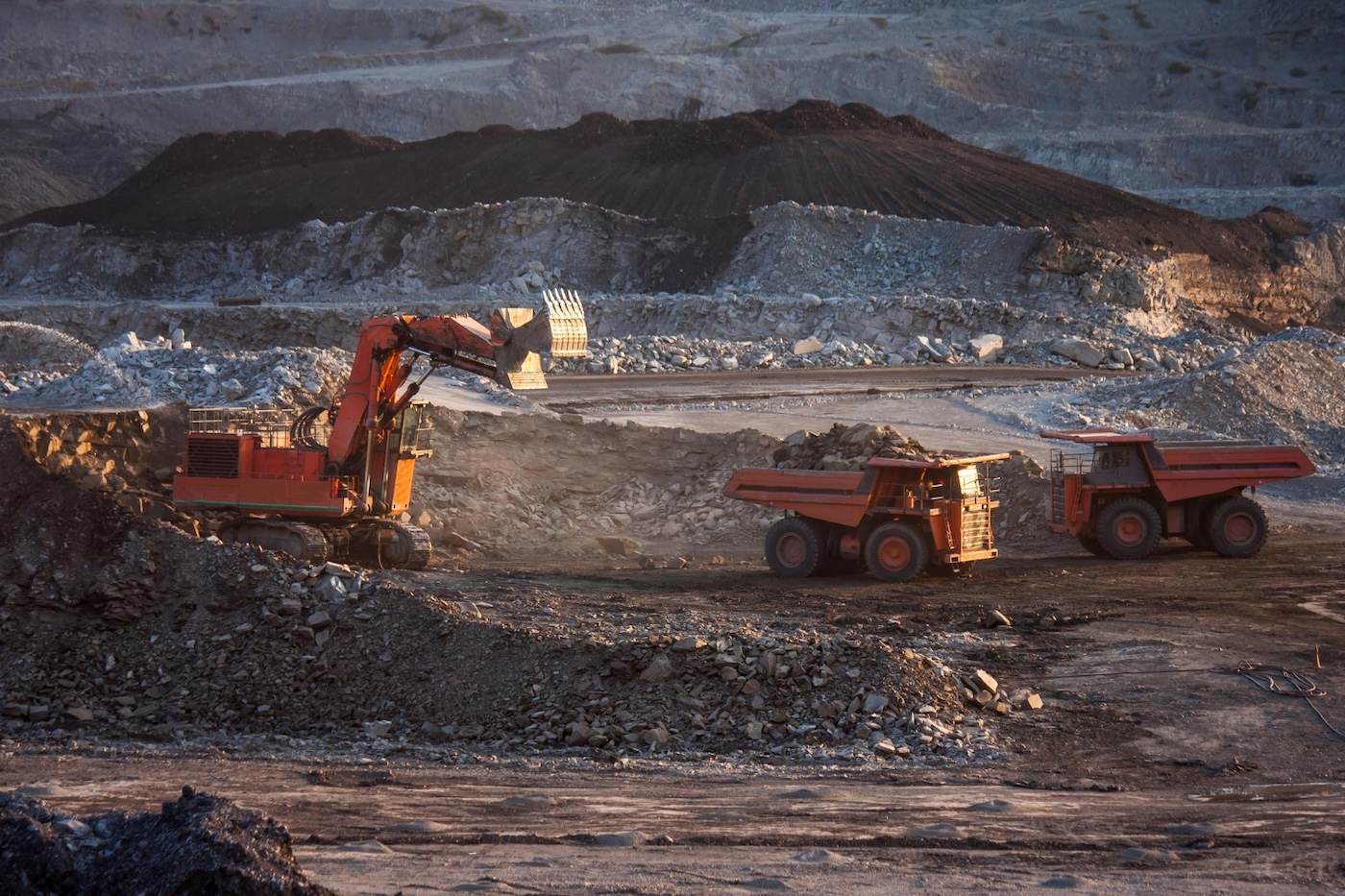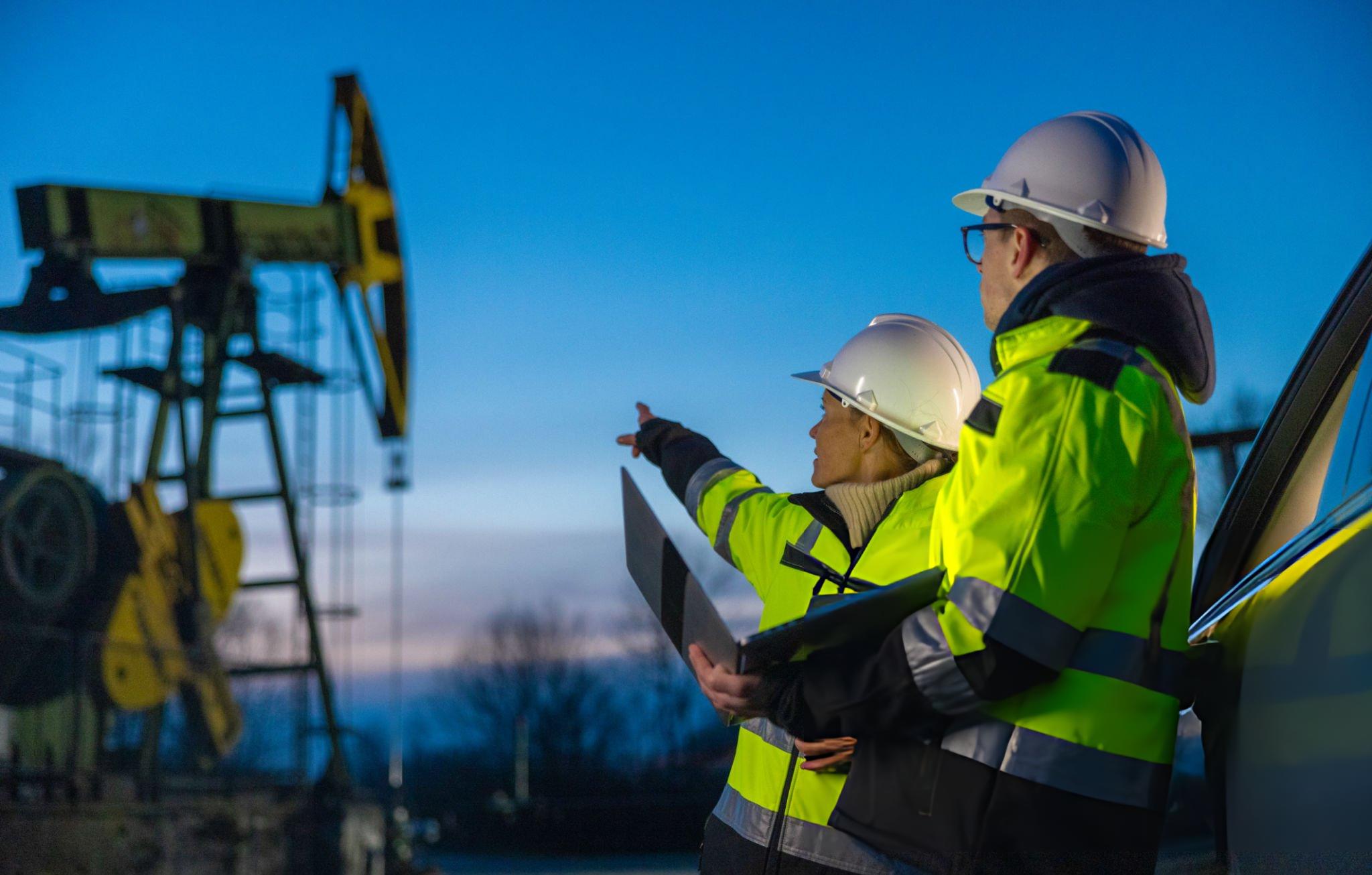See how shared notes and real-time decisions drive better heavy machinery collaboration, reduce downtime, and help teams work safer and faster together.
Most of the real work in heavy equipment does not happen in a shop or at a desk. It happens on the ground, under deadlines, right next to machines that cannot afford to sit still. As fall closes in and machines get pushed hard before winter, it is not just maintenance that matters—it is communication.
Heavy machinery collaboration is about syncing up, sharing what really works, and reacting fast to issues as they pop up. It is passing along notes about a stubborn control valve, an odd DEF sensor code, or a hard-to-trace hydraulic leak. Someone nearby might have solved it already. These everyday exchanges, across jobs, brands, and teams, save crews from tackling the same fix twice.
This is where knowledge networks build real trust in the field. Instead of just following the manual, operators and site techs rely on shared stories. That is how projects keep moving through the cold and unpredictable seasons.
Real-Time Collaboration Between Operators and Teams
As shifts kick off and machines are brought online, surprises are the last thing anyone wants. Early communication matters most when things are moving quickly. The crew huddles, radios chirp, and status updates pop up on shared screens before the first bucket or blade hits the ground.
Picture an excavator throws a hydraulic code mid-shift. The operator flags it, and someone in the mechanic trailer remembers a similar problem with another valve setting last week. Instantly, fixes get shared and downtime gets slashed. No need to hunt for an old manual—just good advice and a fast response.
Crew leads often use collaboration platforms or group chats to track fleet updates and equipment repairs in real time. Instead of crossing the site looking for the right person, updates move through a single feed, keeping everyone in step. It is how last-minute reroutes or surprise repairs happen without confusion.
These real-time updates mean schedules can shift on the fly. When one piece of gear pulls out for a quick fix, backup orders and new task assignments get synced up. Operators, techs, and leads each contribute to a clear, shared rhythm—and when that happens, everything moves smoother.
On the Torqn platform, field teams can link updates, images, and work orders to specific machines or shifts, creating a live network everyone can check as the work evolves.
How Forums and Knowledge Networks Support Smarter Machine Use
Machine performance in colder weather comes with its own set of issues. Sensors glitch, regen cycles can act up, and engine startups get testy. Collaboration through forums and digital know-how networks takes the sting out of these challenges. It keeps the whole fleet moving forward.
Operators across the country might start seeing the same warning code pop up on Komatsu loaders or CAT graders when overnight lows drop. They share tips and mods that only experience can bring—like warming up hydraulics an extra minute or bypassing a sensor with a simple fix. Someone else’s solution becomes today’s clear path for a new team.
These knowledge networks do more than collect stories—they shine a light on unseen patterns. When three or four threads raise the same engine stall on a Deere, that is a signal for everyone to tune their checks. Seasonal issues like DEF icing or filter clogs surface first in these spaces. With one post, a dozen crews can dodge the same hassle.
Heading deeper into fall, these heads-up moments help teams adjust plans or make early repairs that stay one step ahead of breakdowns.
Common Collaboration Scenarios at the Ground Level
Roles on these crews matter. You need one person to post, another to spot the update, and a third to put it into action. That flow keeps jobs running.
A contractor might make a note about a strange belt sound at the end of a shift. A tech checks it before daybreak, confirms the issue, and swaps a part before others clock in. No meetings, just smart use of shared info.
Putting those posts into the daily mix turns collaboration into habit—not an extra task, but part of the normal routine. When forums or update boards are checked as often as weather reports or schedules, the job runs more smoothly. Fleet leads prep smarter, morning meetings get right to the point, and new problems get flagged before they turn into downtime.
If an odd warning from last night is now common knowledge, the operator does not have to guess if it matters—they act on it quickly, knowing others already have their back.
Building Predictability Through Knowledge Sharing
Heavy machinery rarely breaks instantly. Most trouble starts with a pattern—a noise, a lag, a code that repeats in the same weather or after a certain number of hours.
Sharing these small signs across jobsites gives them real value. When three different crews flag fuel system hiccups on loaders after a cold front, fleet managers stop guessing and start prepping. Those fix notes or practical warnings become a memory bank for the whole team.
Forums and structured knowledge bases make these lessons easy to find. Search by date, by brand, or by system type and you skip straight to the tip you need. Teams move from reacting to predicting, and that means less lost time and faster fixes when something goes sideways.
October and November hit hard with deadlines and cold weather pressure. Fast-shared patterns and heads-up warnings make shifts more efficient and help everyone stay a step ahead.
Mistakes and close calls don’t get repeated—they become shared lessons that benefit every operator with access to the record.
Shared Lessons Drive Smoother Shifts
Shifts improve when communication and collaboration become ritual. Instead of gut checks and guessing, operators and crews leverage what everyone else already learned. Updates flow from the forum to the prep meeting and onto the machine. Repeat problems lose their edge; surprises slow down.
Trust comes when crews work as one, backed by clear updates—whether it is the AM shift to the PM, or contractors working across sites. The right routine means no wasted steps and no stuck crews.
Heavy machinery collaboration is work backed up with the wisdom of everyone who faced those problems first. Simple updates, shared fixes, and fast posts save everyone time and make every project safer and more consistent. As seasons change and pressure rises, the knowledge you share today is what keeps your job moving tomorrow.
At Torqn, we’ve seen how much smoother field operations run when fixes, tips, and machine behavior are shared across crews, shifts, and sites. Real-time input from operators, combined with searchable forums and shared notes, creates the kind of trust you can’t rush. When diagnostics feel inconsistent or workarounds keep stacking up, having one spot for shared updates helps everyone move faster. We’ve built the tools to support effective heavy machinery collaboration that connects knowledge with action. Let’s talk about how this could work at your organization.









